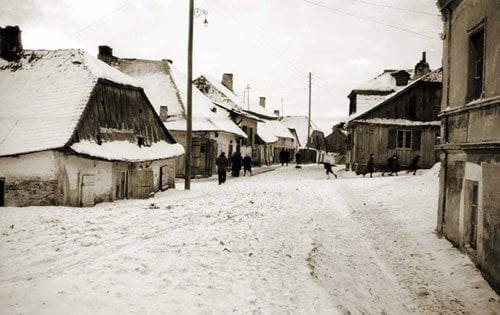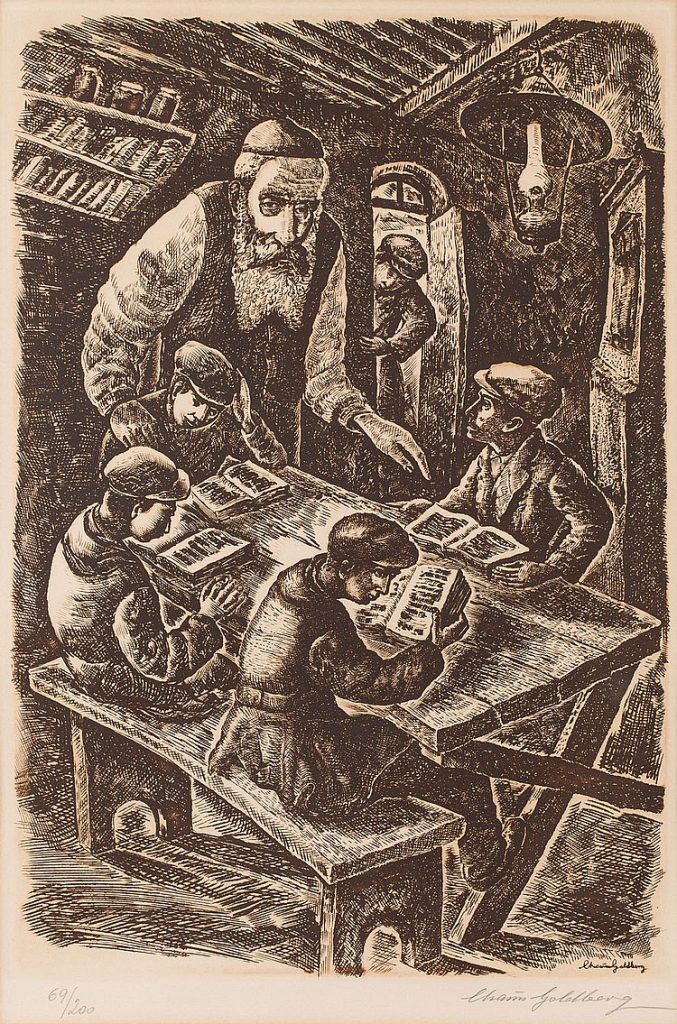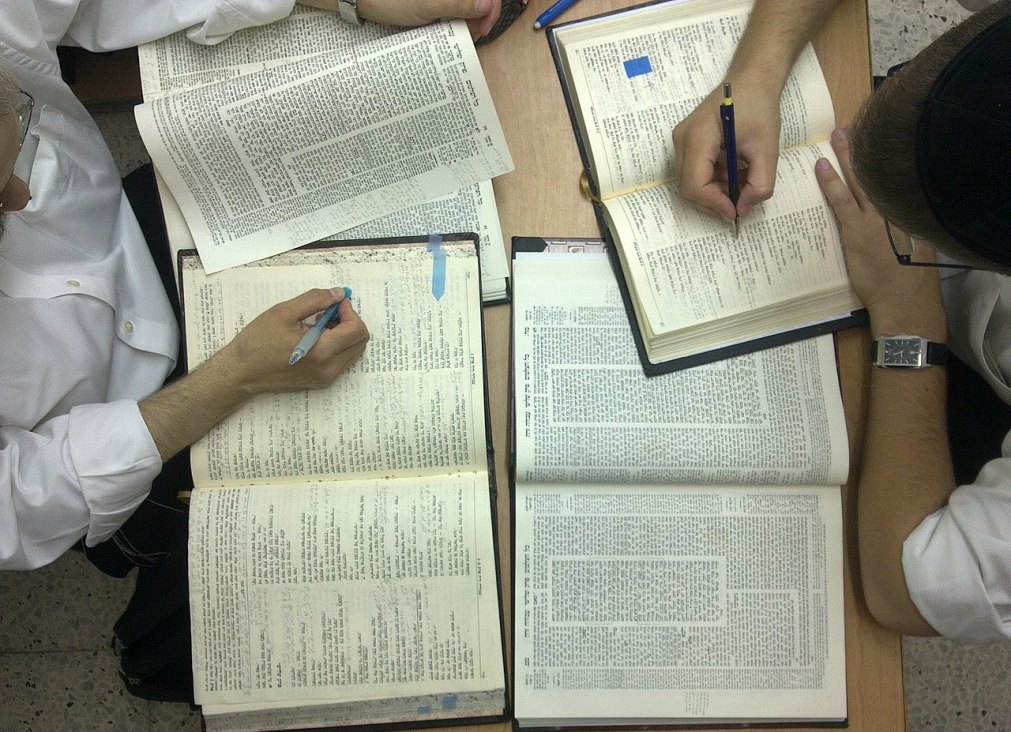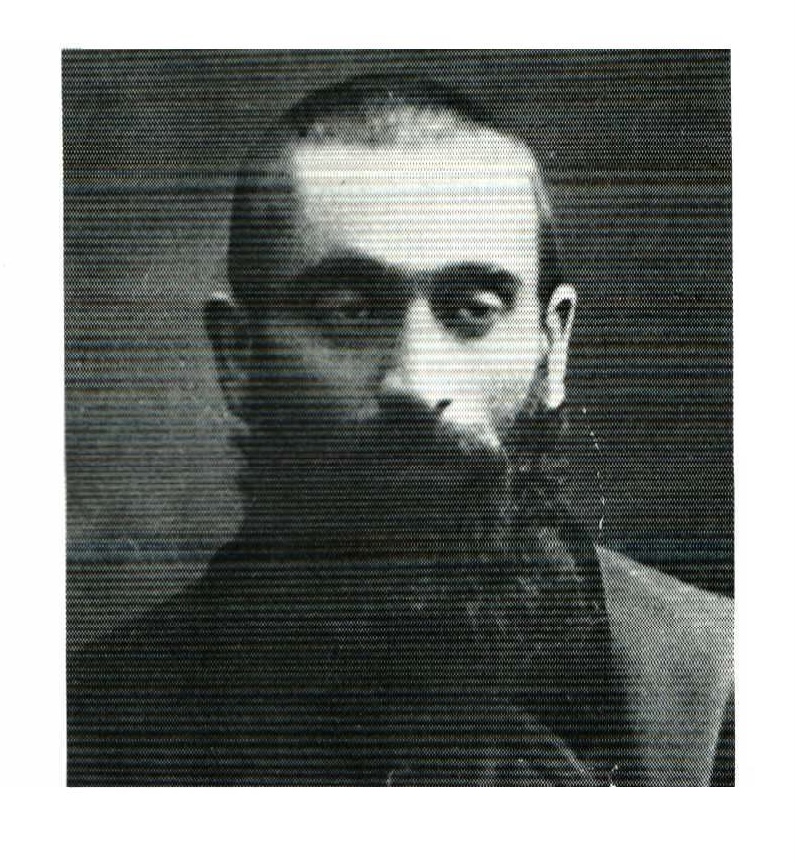
Birth

Rav Michoel Eliezer Hakohen Forshlager was born in 1883 in a small Polish village named Lovitch to Avraham Moshe and Bluma Forshlager.
Rav Forshlager’s parents were chasidim of the Rebbe of Sochatchov, Rav Avraham Bornstein the author of the Eglei Tal and Avnei Nezer. The Sochatchover Rebbe was known as one of the great leaders of Torah scholarship in Poland. Unlike many other Chassidic courts who focused on Chassidus and the hidden Torah, he devoted himself and his students to the study of Talmud and the revealed Torah. He was an address for shaalos in Halacha from across Europe. This was the environment that Rav Forshlager wanted to be a part of.


From a young age he has a burning desire to connect with the Rebbe of Sochatchov. An anecdote is told that when he was 6 he walked the whole way from Lovitch to Sochatchov which is a many hour trek to be part of the Rebbe’s Shushan Purim Tish. When he got a little older he was allowed in to the yeshiva but he was so young and short that he needed to sit on books to be at the level of the table.
His dedication to Torah from his youngest years was outstanding. He made a siyum on Nedarim with Ran when he was very young. He would sneak out at night and go to the shul to learn since his father didn’t officially allow him to leave. One night he made a mistake and woke up too early and the shul was still locked but he didn’t want to wake up his parents to get back into the house so he slept on the doorstep all night.


Once he joined the yeshiva he excelled and was considered one of the star students. He would sit in his place behind the fireplace studying quietly but the esteemed Rabbis who visited the Avnei Nezer (what the Sochatchover Rebbe was known as) would all make their way to Rav Forshlager to discuss Torah with him. In particular he was know to be a master in the Rishonim. People would say that when Michoel twirls his hat a Rishon would fall out. He had a tremendous memory and knew entire Seforim by heart.
In the last 12 years of the Avnei Nezers life he no longer studied with students but he made an exception for Rav Forshlager and would spend long hours every day studying together. In fact it was then that the Avnei Nezer would hand off his responses to halachic questions for Rav Forshlager’s approval before he sent them off. Following the Avnei Nezers passing Rav Forshlager assumed a position in the yeshiva teaching students. He refused to be the official head of the yeshiva but would provide guidance and teaching to the students. This would foreshadow Rav Forshlager’s refusal to accept any official position as head of a yeshiva or as the Rabbi of a congregation for the rest of his life.


Following the destruction of Sochatchov during the First World War he moved to Warsaw. It wasn’t long before he was convinced by his family who had moved to America to leave Europe. Despite his strong objections about coming to America which was a place void of serious Torah study he had no choice and moved to Baltimore in 1921.
When he first moved to Baltimore his father was doing well in the real estate business and could support him. However during the Great Depression he lost much of his wealth and could no longer afford to support Rav Forshlager. Left with no income Rav Forshlager started doing whatever he could to earn some money including menial labor. After a very short time the wealthy Jewish people in Baltimore stepped realizing that Rav Forshlager was no simple man and made an arrangement with him to teach daily Torah classes in exchange for a salary. For the rest of his life this is how he supported himself.

Rav Forshlager was connected exclusively to Torah study and worship of God and didn’t feel any need for a comfortable lifestyle. The little money he earned would go to charitable causes and to buying his beloved Seforim. He lived a very poor life but he was happy. He would eat some leftover Challah and soup every day and would entirely forget to eat if his wife didn’t remind him. In Europe he used to sleep 2 hours a night and added 1 hour when he came to America. In his elder years when he was very ill and the doctors told him he needs to sleep 8 hours a night he begrudgingly added another hour sleeping for a total of 4 hours a night. He complained to people that he sleeps like a bear 4 hours!
The rest of his waking hours he dedicated to Torah study at the highest level. By the time he came to America he had mastered the entire Torah, from Chumash and its commentaries to the Talmud, Halacha and the later scholars. When he came to America he renewed his efforts to study the mystical aspects of Torah, what he called pnimius Hatorah, the deeper Kabbalistic understandings of the Torah.
At some point in his life he began to write down his original ideas in a series of manuscripts. Each manuscript was completed on erev pesach to count as his siyum for being a bechor. The manuscripts span the entirety of Torah and are written in his wide ranging and comprehensive style. In a letter to his student Rav Mordechai Gifter he writes that his style is to analyze a sugya until there is not a single letter that is not perfectly clear. And indeed there are writings that span hundreds of pages relating to one topic. In addition to his writings he was a very prolific collector of Seforim amassing one of the largest private collections of Seforim in the world.
After his passing in 1958 his Seforim were desired by many private collectors and Torah institutions. Yad Harav Herzog in Israel won the rights to his Seforim in exchange for printing some of his works. In 1965 they printed one volume of his writings under the title Toras Michoel. For many years this was the only thing out there of Rav Forshlager’s works. About 10 years ago a young man by the name of Bentzion Bergman came across this Sefer and was intrigued by this unknown American Gadol. He began a research path that culminated in a Hebrew biography and collection of letters called Michoel Be’achas. Following the massive succces of this biography he began to work on Rav Forshlager’s writings. First he reprinted Toras Michoel adding an index and a biographical section on the Seforim referenced in the Sefer. Than he began printing what’s now Toras Michoel on Chumash. Currently there are additional works in various stages of development.
Separately his burial site in Baltimore began to have a resurgence. A Chassidish kolel in Baltimore discovered it and adopted it. They began to visit it regularly and people started seeing miraculous salvations by davening at the kever and in many of the instances promising to do something to elevate Rav Forshlager’s memory.
Currently the main work that needs to be done is to spread his light into the world. Getting people to know about him, study his Torah, and daven by his kever. We try different things to get his name out there including a monthly zoom shiur, a semi regular newsletter and a periodic widespread publication before special occasions.
May the memory of ר׳ מיכאל אליעזר בן ר׳ אברהם משה הכהן זצ״ל be a zechus for all those who connect with him and help him in some way.